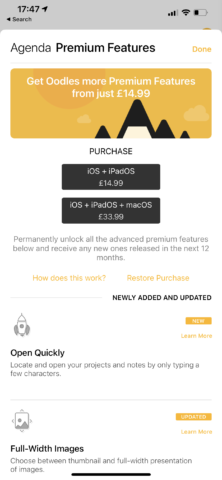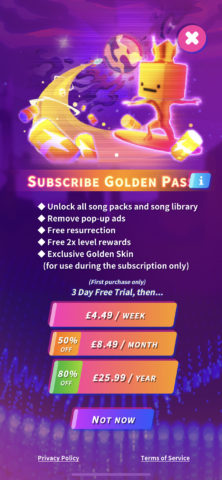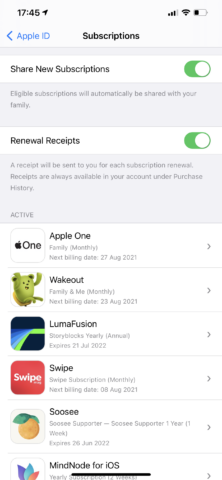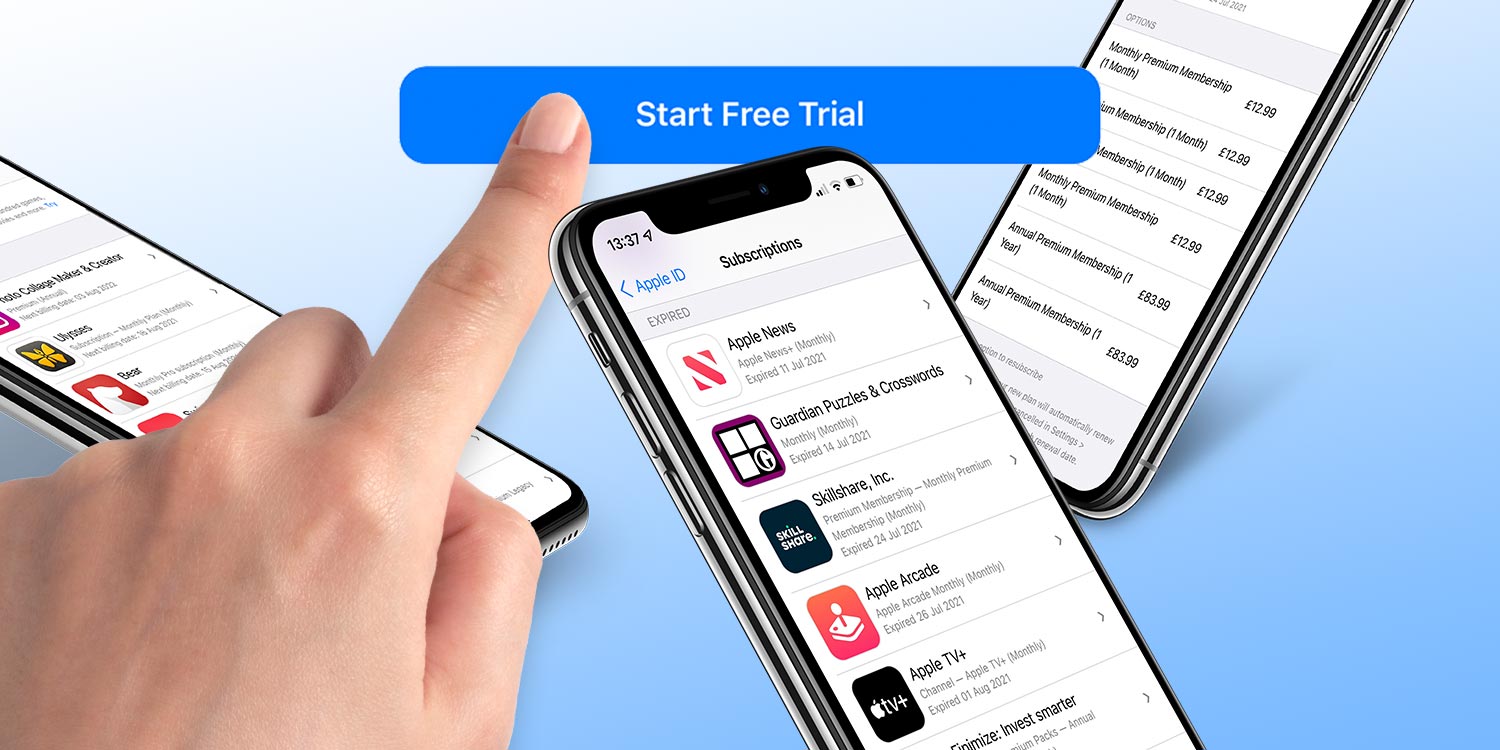As more apps and games demand IAP or subscriptions for access, think carefully before signing up
Buying software used to be simple. You’d take your disk, cassette, or cartridge home, load it up and dig into your brand-new app or game. With more expensive fare, you might get the option to later buy an update package cheaper than the new version of the app at full price – a reward for your loyalty. Easy.
This model broadly continued in the internet era, but in recent years has been disrupted with the advent of apps as services. Rather than you paying once and owning an app or game forever, these products bestow access to some or all features only when you pay or subscribe. Major corporations – Adobe; Microsoft – are known for this, but we increasingly see the model in iPhone apps.
Making the case for IAP and subscriptions
We are not against service-based apps nor even regular payments. With device line-ups rapidly evolving, it’s not viable for app creators to support a product and add new features forever – not least when you consider how little we pay for apps these days.
What we do recommend, though, is asking yourself important questions prior to signing up for any app or game as a service.

Some apps, like Agenda, innovate and add value when it comes to IAP.
Is there a trial?
You should be able to test any app/game’s full functionality prior to signing up. Not allowing that is a red flag. But also be careful signing up for trials on iPhone, because they tend to rapidly transform into paid memberships.
Set a reminder for the trial’s end, or – better – in Settings go to [your name] > Subscriptions and cancel the trial immediately after you sign up. You can still use it for the full trial duration, but later decide if you want to pay.
What is the real cost?
Five bucks might not sound much to you. But there’s a world of difference between paying five bucks a year, a month or even a week. Be careful to note what you’re signing up to, how long the subscription lasts, and what the total cost will be.
Skeevy iPhone apps and games may throw up a splash screen the second they launch, offering what looks like a bargain price – until you notice in the small print it’s a weekly charge that rapidly racks up.

Be wary of short free trials that transition into expensive subscriptions.
Does the service charge recur?
Service-based apps tend to continue charging until you have them stop. Head to the aforementioned screen in Settings and peruse your Active list. This details the next billing date for each item – or expiry for items that won’t charge again.
Note that some apps and games are against recurring charges. Game creation tool Fancade is a good example: buy IAP and you get the premium version for a set period, but the charge doesn’t recur.
What happens when the subscription ends?
Productivity apps tend to hook you into ‘forever’ subscriptions by making themselves indispensable and then removing all access the second you decide to no longer pay. But this isn’t always the case.
Certain apps – notably productivity ones – have hit upon a payment model closer in nature to classic software upgrades. Agenda, for example, unlocks all premium features when you pay – and they’re then yours to keep, permanently. Only if you want subsequent premium features released over a year later will you have to pay again.

Peruse existing subscriptions in Settings.
Is it good value?
Explore the value proposition for what you’re signing up to. With subscriptions to media – music or magazines – you’re paying for a wealth of regularly updated content you’ll use constantly. That tends to mean value. But is that true of your apps and games?
Particularly with subscription-based apps, keep stock of what they offer, how much you use them, and whether alternatives offer better value (if not necessarily lower pricing). There are of course both objective and subjective responses to the notion of what is good value, though.
Fundamentally, you need to decide whether a payment – one-off or regular – provides good value to you. If it does, great. If not, look elsewhere. And always ensure you haven’t inadvertently signed up to a subscription and are paying without realizing.

